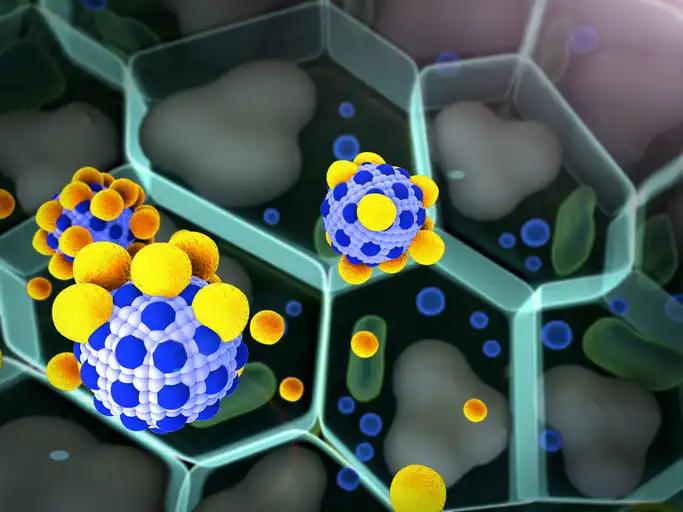KEY TAKEAWAYS
- The CANDOR phase 3 study (NCT03158688) aimed to compare the efficacy and safety of twice-weekly TW KdD56 with once-weekly K at OW KdD70 in patients with RRMM.
- The study used a cross-study comparison approach, analyzing individual data from CANDOR patients previously treated with bortezomib and an immunomodulatory drug and data from the nonrandomized MMY1001 study.
- The propensity score method was employed to adjust for baseline covariates, such as age, creatinine clearance, performance status, previous treatment exposure/refractoriness, and time between original diagnosis and relapse.
- The study suggested that OW KdD70 had a similar benefit-to-risk ratio to TW KdD56 regarding efficacy and safety.
A randomized phase 3 study called CANDOR showed that twice-weekly KdD 56 mg/m2(TW KdD56) was better than Kd for progression-free survival (PFS) and overall response rate (ORR) in RRMM, with a 37% lower chance of disease progression or death. In the nonrandomized MMY1001 study, the benefit of once-weekly carfilzomib (K) at70mg/m2 for the identical triplet, KdD (OW KdD70), was shown in RRMM. Researchers made cross-study solid comparisons to see how TW KdD56 and OW KdD70 are alike and different.
For this cross-study comparison, the primary analysis set comprised individual data from CANDOR patients exposed to bortezomib and an immunomodulatory drug before and all MMY1001 patients. The propensity score method allowed for reliable cross-study comparisons by controlling for baseline covariates like age, creatinine clearance, performance status, previous treatment exposure/refractoriness, and time between original diagnosis and relapse. An inverse probability of treatment weighting (IPTW)-based propensity score adjustment was used on efficacy measures, and safety was looked at simultaneously. In the TW KdD56 and OW KdD70 groups, the ORR and PFS of CANDOR and MMY1001 were about the same when the propensity score was changed. Since propensity scores were only used to compare how well something worked, the safety comparisons between CANDOR and MMY1001 used different sample numbers and lengths of treatment. The safety of KdD56 and KdD70 was similar to what was known about the safety of each study treatment on its own. The study revealed that OW KdD70 is an excellent way to dose that has an equal benefit-to-risk ratio to TW KdD56. The OW KdD70 dosing choice is a more convenient plan that might make patients more likely to stick to it, leading to better results for RRMM patients.
Source: https://meetings.asco.org/abstracts-presentations/186186
Clinical Trial: http://clinicaltrials.gov/show/NCT03158688
Xavier Leleu, Meral Beksac, Takaaki Chou, Meletios A. Dimopoulos, Sung-Soo Yoon, H. Miles Prince, Ludek Pour, Tatiana Shelekhova, Ajai Chari, Monica Khurana, Mihaela Obreja, Ming Qi, Albert Oriol, David Samuel DiCapua Siegel/Efficacy and safety of carfilzomib, dexamethasone, daratumumab (KdD) twice-weekly at 56 mg/m2 and once-weekly at 70 mg/m2 in relapsed or refractory multiple myeloma (RRMM): Cross-study comparison of candor and MMY1001/J Clin Oncol 38: 2020 (suppl; abstr 8526) DOI10.1200/JCO.2020.38.15_suppl.8526



